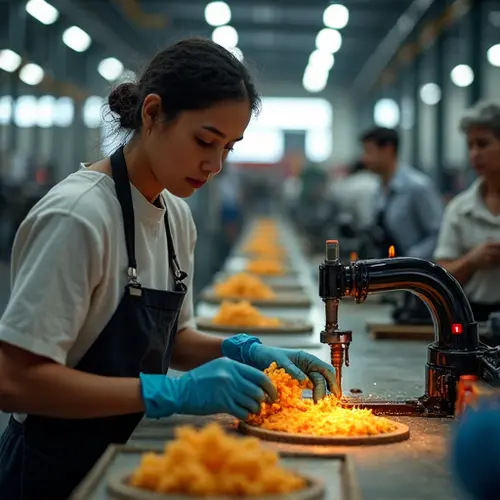
India's Role in Diversifying the Global Supply Chain
India has set its sights on becoming a global manufacturing powerhouse, aiming to replace China as the world's factory. With a $23 billion plan to boost domestic production, the country hopes to increase its manufacturing share in the economy to 25% by 2025. This ambitious strategy targets key sectors such as pharmaceuticals and mobile-phone production, where India already holds a competitive edge.
The Push for Self-Reliance
India's "Make in India" initiative, launched in 2014, has been revitalized to attract foreign investment and reduce dependency on Chinese imports. The government has introduced incentives for companies to set up manufacturing units in India, including tax breaks and simplified regulations. This move aligns with global trends as businesses seek to diversify their supply chains away from China amid ongoing trade tensions.
Challenges Ahead
Despite the optimism, India faces significant hurdles. Infrastructure gaps, bureaucratic red tape, and skill shortages could hinder progress. A recent Reuters report highlighted that the $23 billion plan has so far underdelivered, raising concerns about its feasibility. Experts argue that India must address these challenges to compete effectively with China's well-established manufacturing ecosystem.
Global Implications
If successful, India's rise as a manufacturing hub could reshape global trade dynamics. Countries and corporations are closely watching India's progress, as a diversified supply chain could reduce risks associated with over-reliance on a single market. However, the road ahead is fraught with challenges, and India's ability to execute its vision will determine its role in the future of global manufacturing.

 Nederlands
Nederlands
 English
English
 Deutsch
Deutsch
 Français
Français
 Español
Español
 Português
Português